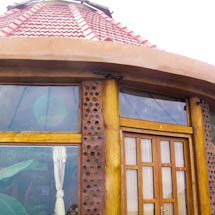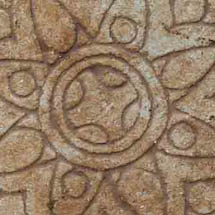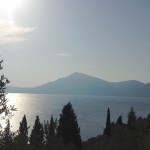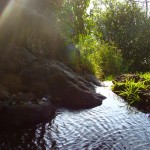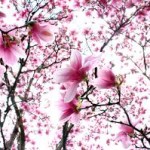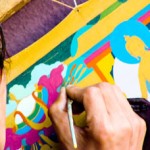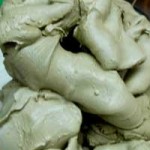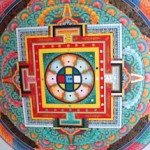Meditative Sculpting
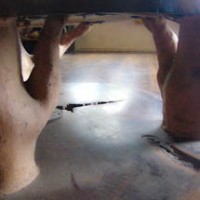
Sculpting is essentially a process of transformation; we take shape or a structure and give it life, making an abstract object or a personified figure and bringing them into the light. We expose and revile the magic that is hidden in a material or shape, which has not yet manifested, and let it dance.
Meditation and Art, Sculpting as a Spiritual Practice
Expressing creativity through sculpting is a form of Meditative Art. As sculpting in essence is an act of transformation and change, it is highly recommended as a supporting form of practice for spiritual seekers. In this process, the external work (of forming) influences inner development or progress, and vice versa.
When sculpting, we bring together the world of color and shapes, as well as the world of matter and materials. Sculpting is a game of form and proportion, space and volume; it is a gentle balance between the solid and the void, between perfect symmetry and asymmetry.
Working in three dimensions is generally building in space, and thus we are restricted to the physical laws of structure and gravity. These laws need to be taken into account, learned and applied. The work teaches us, through direct experience, the meaning of balance and stability; what it means to be heavily grounded, as opposed to ‘floating in air’. Through this creative work, we can develop the ability to see and feel the laws of the world of matter, discovering the qualities and possibilities of different materials, as well as their limitations.
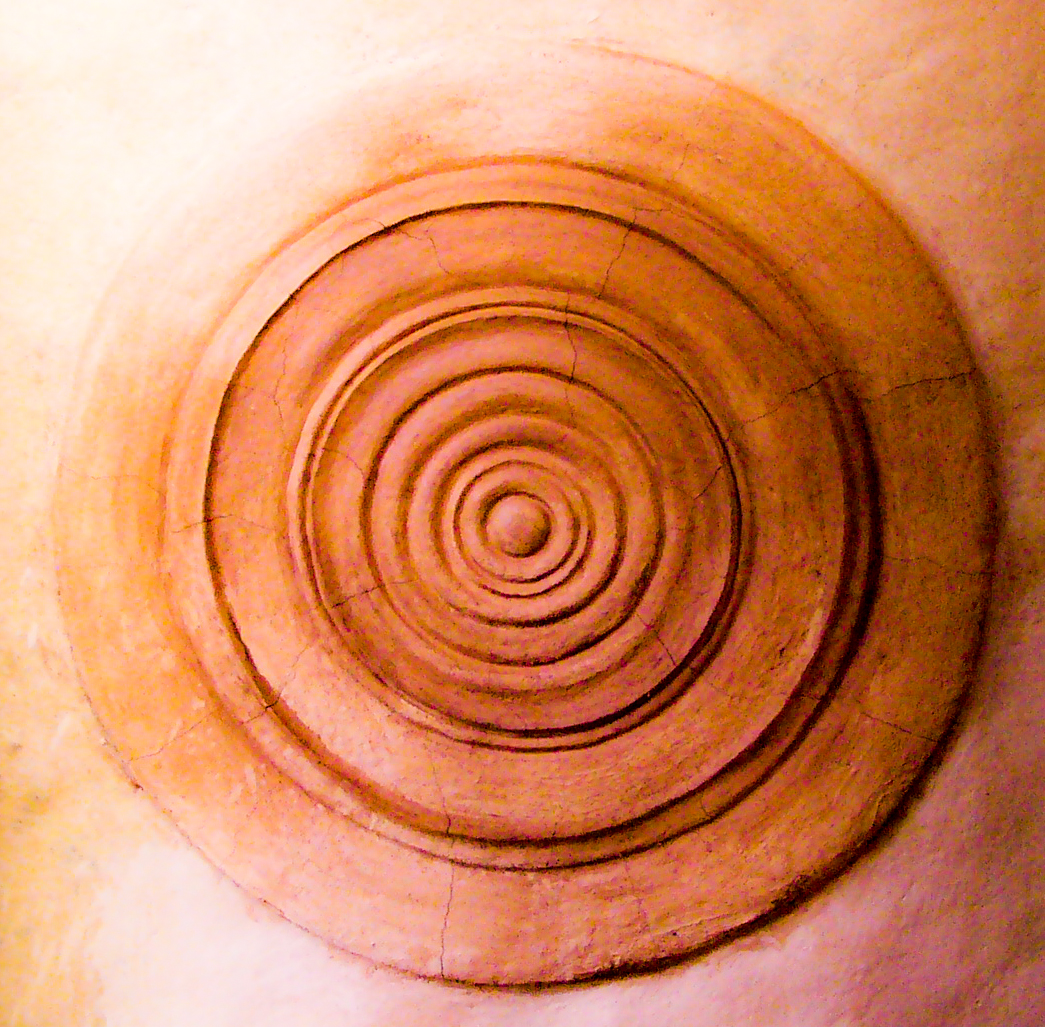
Working on the ground / Working in the air
When working with heavy materials such as earth, wood and stone, it is recommended to support the work – the materials and ourselves, by working directly in and on the natural ground where the specific material of our choice came from.
For example, when working with mud or clay, we can work directly on the earth. Placing our creative object and our body on the ground (sitting or standing the directly on the earth), indirectly supports our expression of creativity. This allows for a real sense of grounding through numerous ways simultaneously; we are in contact with the element we are exploring, feeling this through our body and through the material too.
Different materials different attitude
Whether we are working with hard and strong materials, or with flowing light and soft ones (such as raw wool, silk cloth, dry flowers, string etc.), we need to realize the essence of the materials we are in contact with so that we can work with them accordingly.
Hard and heavy materials are directly affected by gravity as well as the laws of physics. On the other hand, working with light materials, is not as bounding to the laws of physics; rather we are directly in contact with the air, especially with the wind movement. Whichever aspects affect us most needs to be taken into account, or even utilized.
Working with natural materials
Working with real natural materials directly, or with the use of a tool, is supportive in general, particularly for Meditative Art practice, as it helps us learn from the materials about ourselves. Natural materials are full of life, wisdom and pure qualities we can learn from. We can also apply what we realize about ourselves upon the work with the materials.
We can see this, whether we work with earth, wood, metal and stone, or when we work with dry leaves, thread and fabric, felt etc.
Let us learn from the living, not from the synthetic and dead. Let us fill our life with meaning and depth with movement and change.
Exploring each color, one by one, can be seen as the first and basic step to develop a real and intimate relationship with colors. Such a relationship is a hallway that can lead us inwards, revealing to us secrets of our self and of universal truth. This may require time and much patient, dedicated attention, sincerity and genuine interest.
Those who take this journey, discover a real jewel that is always new and fresh. It is a never-ending road that can lead us along our inner search and beyond.
